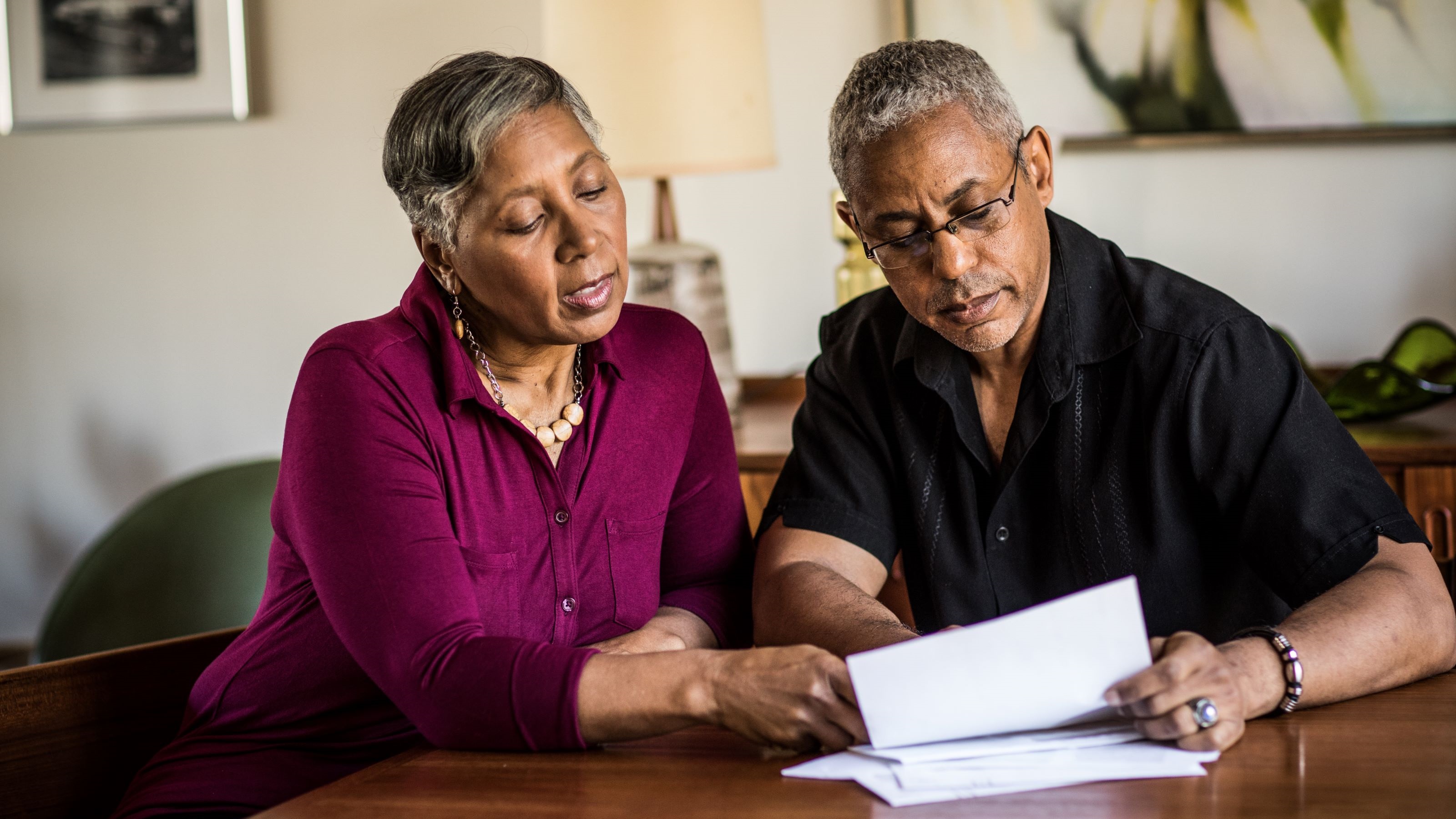
You’ve probably heard of the gender pay gap. But a new report from Bank of America reveals there’s a sizable gender gap when it comes to retirement savings, too.
The gap is large enough to put women on notice that a secure retirement isn’t a sure thing unless they start socking away more for their golden years. The average 401(k) account balance for men ($89,000) is 50% greater than that of women ($59,000), according to BofA’s just released 2023 Financial Life Benefits Impact Report. The report looks at the bank’s retirement plans that serve more than 25,000 companies and six million employees.
The reasons for the shortfall are many, says Lisa Margeson, managing director of retirement research and insights at BofA. Career interruptions due to raising children is a biggie. As a result, “they’re losing years of contributions and (asset) accumulation,” Margeson tells Kiplinger. Research also shows that women are more focused on short-term financial goals, such as paying off debt, than longer-range planning, she adds.
And don’t forget, Margeson says, that women also earn less pay then men, better known as the gender pay gap. Pew Research Center found that in 2022, on average women earned 82% of what men earned — just a 2% difference from 2002 when women earned 80% as much as men.
“We’re seeing some positive movement towards pay equity,” said Margeson. “But it still exists, and it still amplifies the (retirement savings) gap you are seeing.”
Below, we offer key study findings as well as actionable steps women can take to boost their retirement readiness:
Only 52% of women participate in 401(k) plans.
That means nearly half of female workers might not be saving for retirement. In contrast, more than six of 10 men have a 401(k).
The fix: Employers must continue to promote the importance of saving. And women must take advantage of “smart plan design” at work. A first step is taking advantage of “auto-enrollment,” which allows your employer to automatically deduct money from your paycheck and funnel the cash into a 401(k) for you. Unless you elect not to contribute, your 401(k) will be go on autopilot.
“Auto-enroll is incredibly powerful,” said Margeson. Overall, 85% of workers participate in a 401(k) when plans have an auto-enrollment feature, while only 36% participate when the auto-enroll option isn’t available, the BofA study found.
Women contribute less to their 401(k) than men.
Overall, women contribute 6.2% of their salary, on average, to a retirement account. That’s less than the 6.6% men sock away. Similarly, only 7% of women contribute the maximum amount the IRS allows in 401(k)s, vs. 10% of men. In 2023, the so-call max out amount is $22,500 and those over 50 can contribute an extra $7,500. And the less money you put in your 401(k), the less assets you have working for you and growing.
The fix: If your employer’s plan offers a so-called “auto-increase” option, take advantage of it. It’s designed to increase the amount you save each year.
Here’s how it works: If you’re currently contributing, say, 5%, of your paycheck to your 401(k), and your plan’s annual automatic escalation rate is 1%, your rate will increase to 6% the following year and 1% in each subsequent year after that. “It’s sort of a set it and forget it approach, and you don’t have to do it on your own,” said Margeson.
And if you don’t have an auto-increase option, do it on your own every year. “A great time to take action is when you get a raise,” said Margeson. “Take part of that raise and put it towards your future.”
Accounts have low exposure to stocks.
In general, only 36% of account balances are invested in equity mutual funds, which historically have delivered higher returns than bonds and cash. Money invested too conservatively won’t grow at a quick enough pace to grow your retirement balance at an adequate rate
The fix: Consider investing in a target-date fund, which automatically funnels your money into the appropriate mix of stocks, bonds and cash based on your age and years to retirement.
Currently, 28% of women hold target-date funds, according to BofA. “The individual doesn’t need to make their own asset allocation decisions,” Margeson said. “It’s done for you.”
One last thing:
If you think you’re underpaid, negotiate a pay raise when you’re switching jobs or ask for a raise as your job evolves, Margeson says. “Highlighting your contributions to the company can only be a good thing,” she says.







